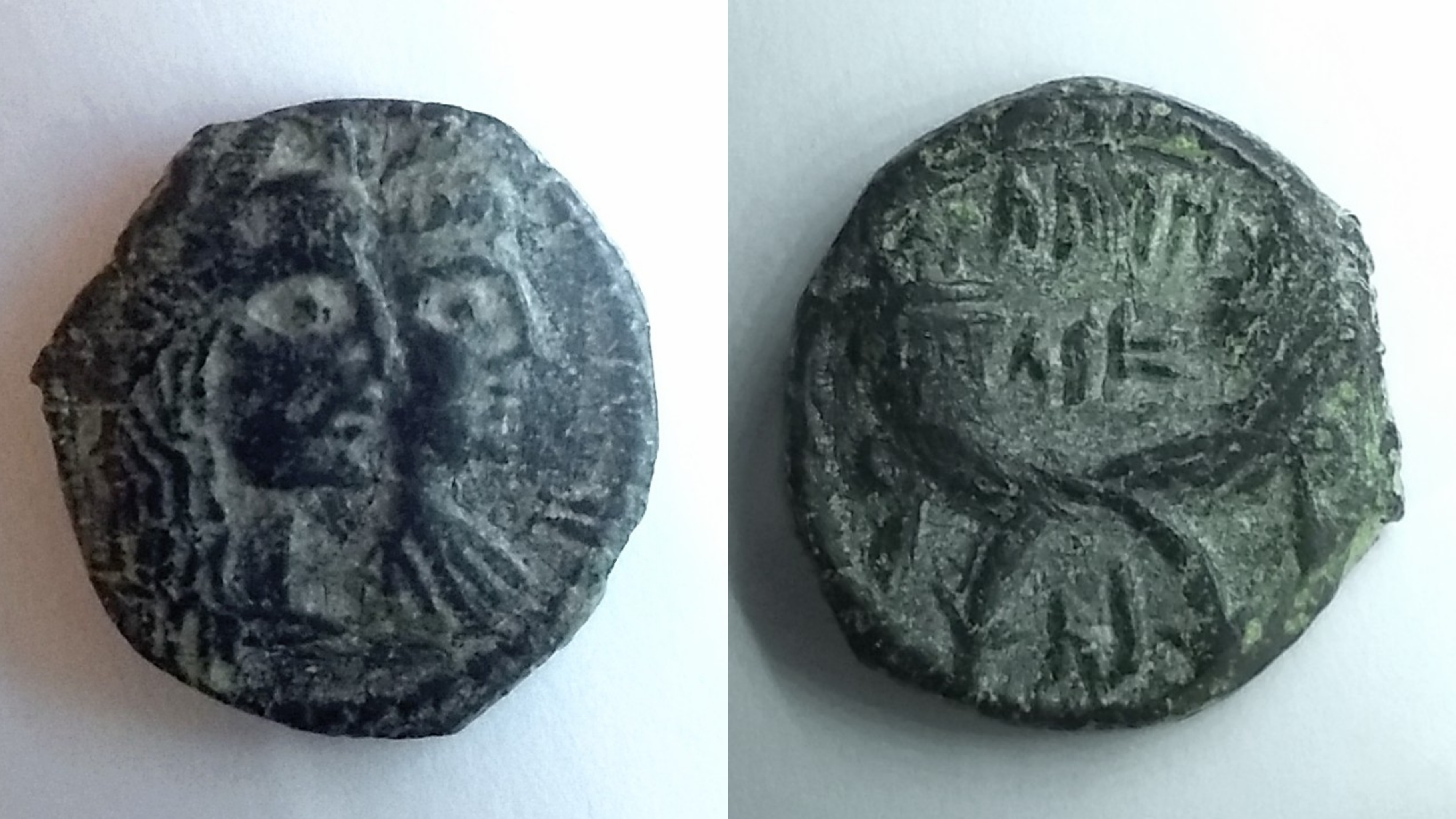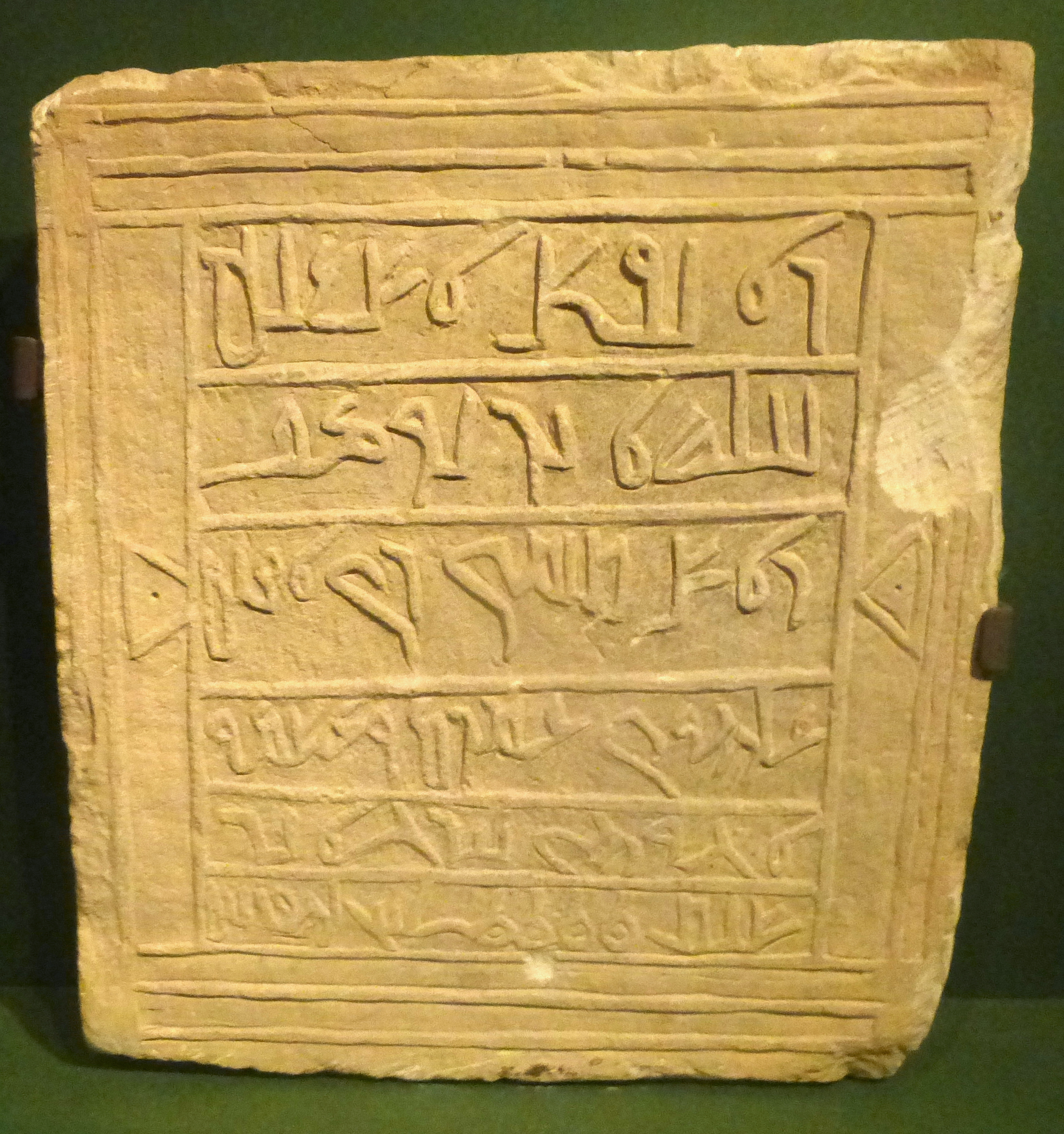Nabataean alphabet on:
[Wikipedia]
[Google]
[Amazon]
 The Nabataean script is an
The Nabataean script is an
Important inscriptions are found in Petra (now in

 The Nabataean script is an
The Nabataean script is an abjad
An abjad (, ar, أبجد; also abgad) is a writing system in which only consonants are represented, leaving vowel sounds to be inferred by the reader. This contrasts with other alphabets, which provide graphemes for both consonants and vowels ...
(consonant
In articulatory phonetics, a consonant is a speech sound that is articulated with complete or partial closure of the vocal tract. Examples are and pronounced with the lips; and pronounced with the front of the tongue; and pronounced ...
al alphabet) that was used to write Nabataean Aramaic and Nabataean Arabic from the second century BC onwards.OmniglotImportant inscriptions are found in Petra (now in
Jordan
Jordan ( ar, الأردن; tr. ' ), officially the Hashemite Kingdom of Jordan,; tr. ' is a country in Western Asia. It is situated at the crossroads of Asia, Africa, and Europe, within the Levant region, on the East Bank of the Jordan Ri ...
), the Sinai Peninsula
The Sinai Peninsula, or simply Sinai (now usually ) (, , cop, Ⲥⲓⲛⲁ), is a peninsula in Egypt, and the only part of the country located in Asia. It is between the Mediterranean Sea to the north and the Red Sea to the south, and is a ...
(now part of Egypt
Egypt ( ar, مصر , ), officially the Arab Republic of Egypt, is a transcontinental country spanning the northeast corner of Africa and southwest corner of Asia via a land bridge formed by the Sinai Peninsula. It is bordered by the Med ...
), and other archaeological sites including Abdah (in Palestine) and Mada'in Saleh in Saudi Arabia.

History
The alphabet is descended from theAramaic alphabet
The ancient Aramaic alphabet was adapted by Arameans from the Phoenician alphabet and became a distinct script by the 8th century BC. It was used to write the Aramaic languages spoken by ancient Aramean pre-Christian tribes throughout the Fer ...
. In turn, a cursive form of Nabataean developed into the Arabic alphabet from the 4th century, which is why Nabataean's letterforms are intermediate between the more northerly Semitic scripts (such as the Aramaic-derived Hebrew
Hebrew (; ; ) is a Northwest Semitic language of the Afroasiatic language family. Historically, it is one of the spoken languages of the Israelites and their longest-surviving descendants, the Jews and Samaritans. It was largely preserved ...
) and those of Arabic.

Comparison with related scripts
As compared to other Aramaic-derived scripts, Nabataean developed more loops and ligatures, likely to increase speed of writing. The ligatures seem to have not been standardized and varied across places and time. There were no spaces between words. Numerals in Nabataean script were built from characters of 1, 2, 3, 4, 5, 10, 20, and 100. * Note that the Syriac and Arabic alphabets are always cursive and that some of their letters look different in medial or initial position. * See Aramaic alphabet § Letters for a more detailed comparison of letterforms.Unicode
The Nabataean alphabet (U+10880–U+108AF) was added to theUnicode
Unicode, formally The Unicode Standard,The formal version reference is is an information technology standard for the consistent encoding, representation, and handling of text expressed in most of the world's writing systems. The standard, ...
Standard in June 2014 with the release of version 7.0.
See also
* Ancient North Arabian script * Ancient South Arabian scriptReferences
External linksThe Nabataean script: a bridge between the Aramaic and Arabic alphabets.
{{DEFAULTSORT:Nabataean script
Abjad writing systems
Nabataea
Semitic writing systems
Obsolete writing systems
Right-to-left writing systems
Nabataean script